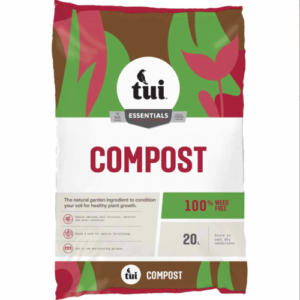Description
Benefits of Spent Oyster Mushroom Substrate in the Garden
Enriches Soil with Organic Matter: The partially decomposed wood and mycelium provide valuable carbon and nutrients to the soil, enhancing its structure and fertility.
Improves Soil Structure: Mushroom substrate adds aeration and helps with moisture retention, which is beneficial for plants, especially in sandy or compacted soils.
Encourages Beneficial Microorganisms: The leftover mycelium in the substrate promotes healthy microbial life, which can support plant growth and suppress soil-borne pathogens.
Acts as a Natural Mulch: Spread on the surface, it can act as a mulch layer, helping to retain soil moisture, reduce weeds, and slowly release nutrients as it further decomposes.
How to Apply the Spent Substrate
Direct Application: Spread a layer of the substrate around plants as mulch, or work it into the top layer of soil. For most gardens, a thin layer (1–2 inches) is sufficient.
Composting: If the substrate is still fairly intact, consider composting it first. This will further break it down, making the nutrients more accessible to plants. Just mix it with green materials like grass clippings or kitchen scraps to balance the carbon-heavy wood content.
Avoid Plants Sensitive to Alkaline Soils: Avoid applying it around acid-loving plants like blueberries, roses, azaleas, rhododendrens, camelias, boronia and erica, etc.
Using spent oyster mushroom substrate is a sustainable way to enrich garden soil, making it a win-win for mushroom growers and gardeners alike.







Reviews
There are no reviews yet.